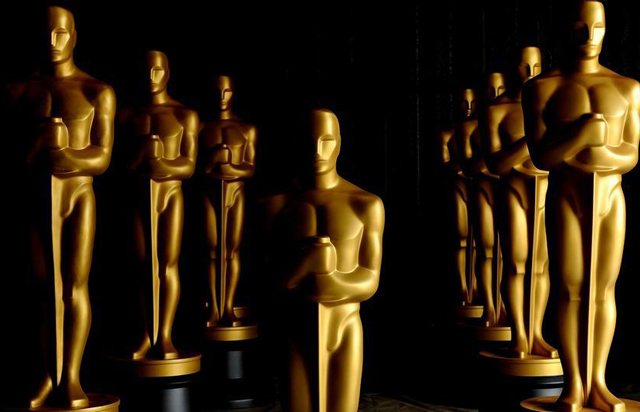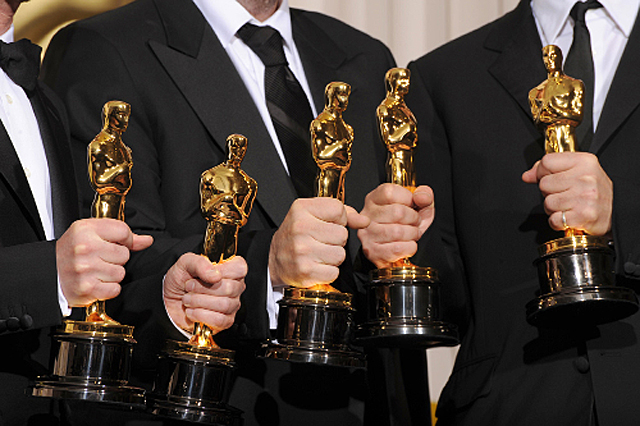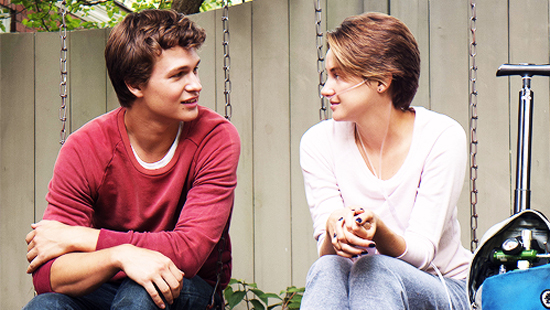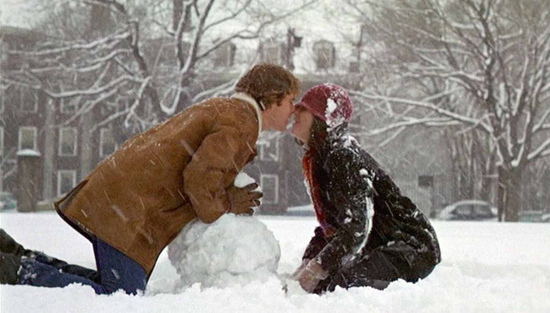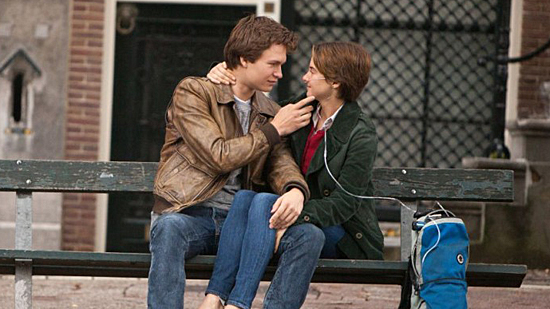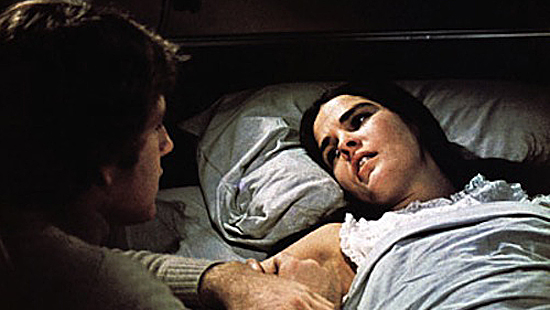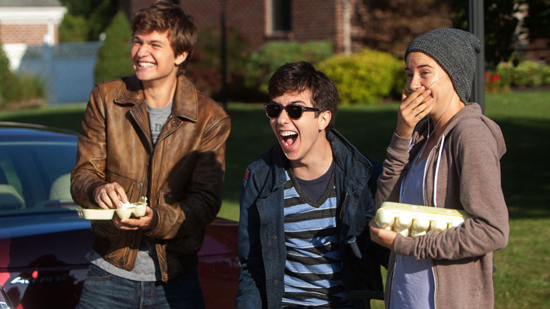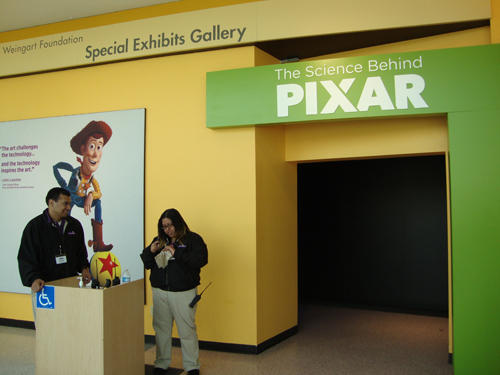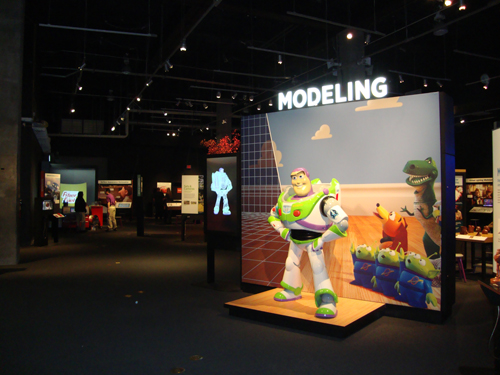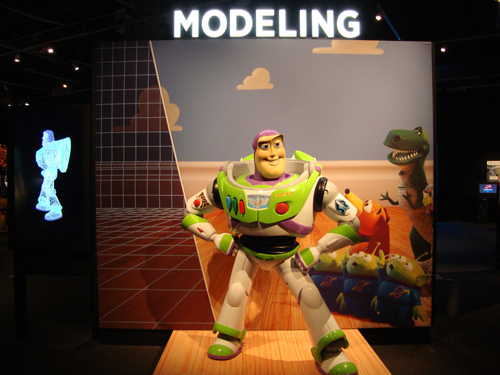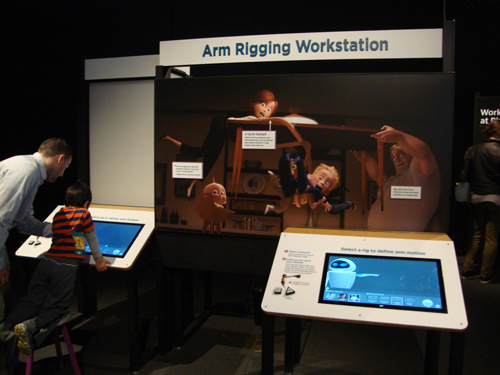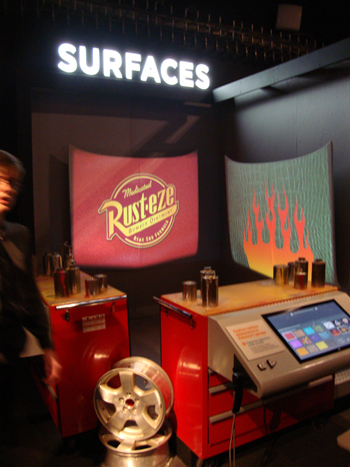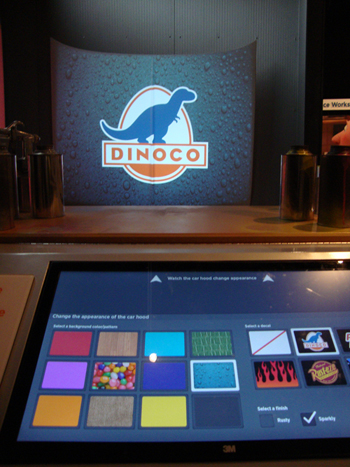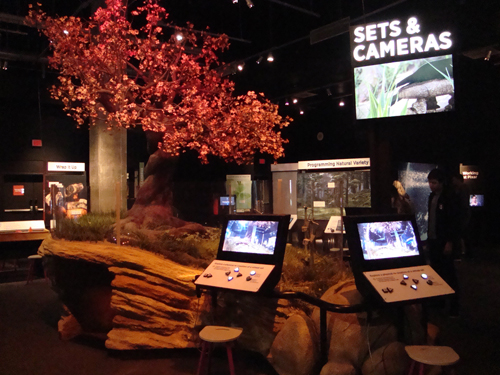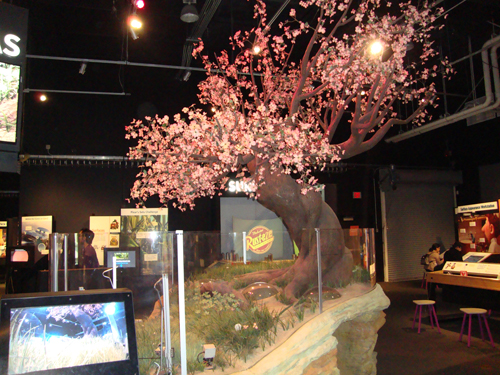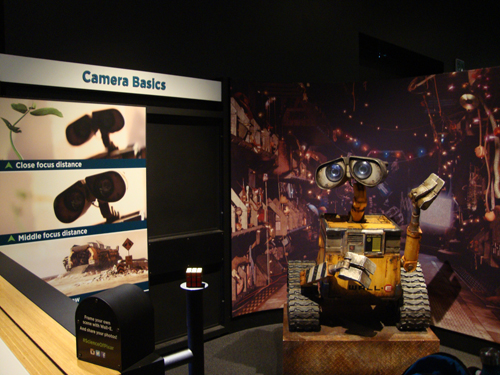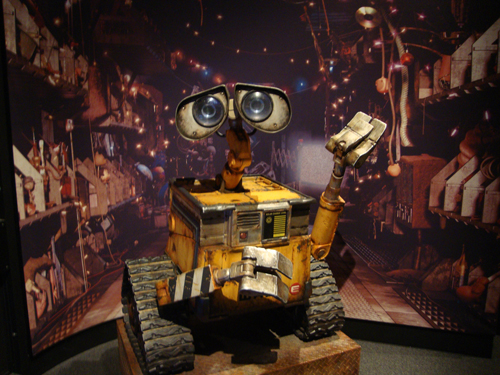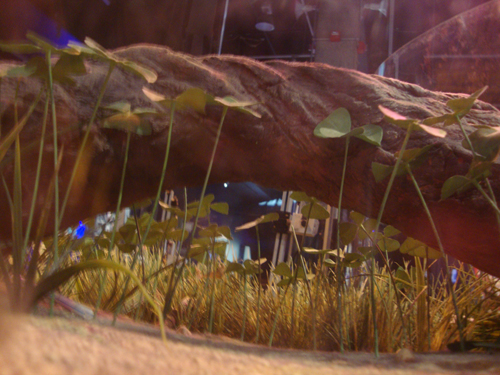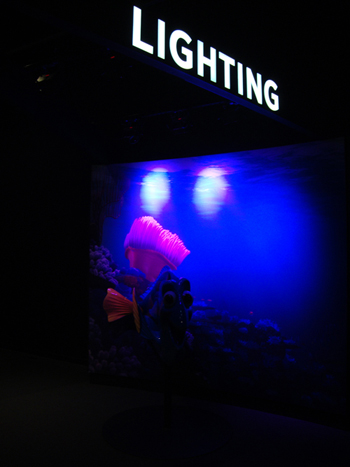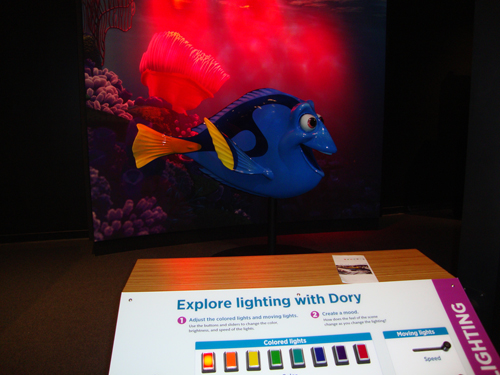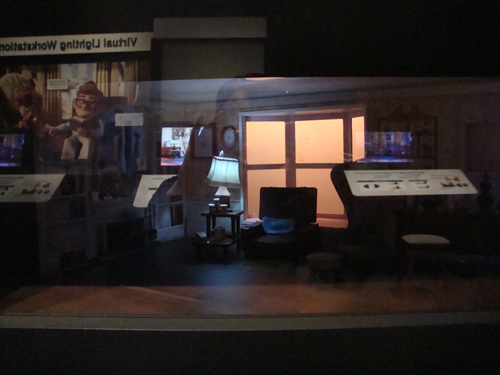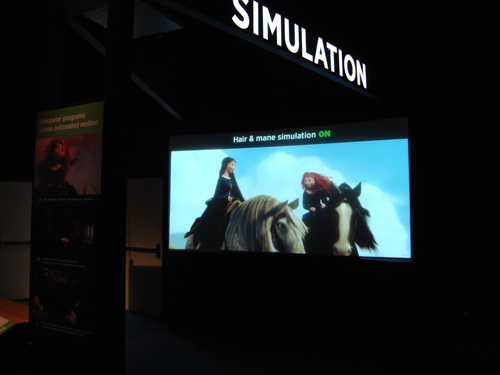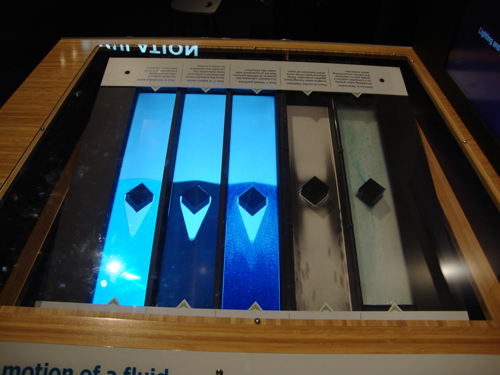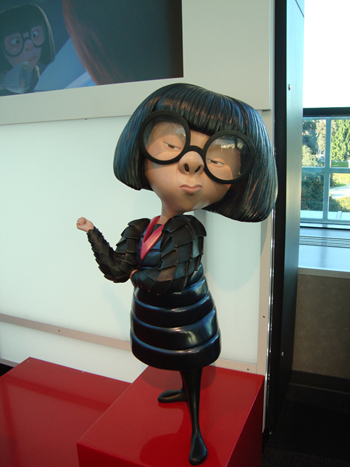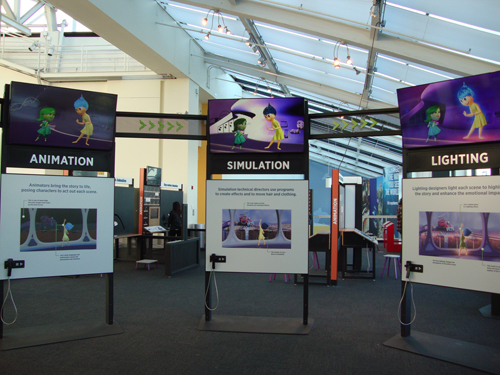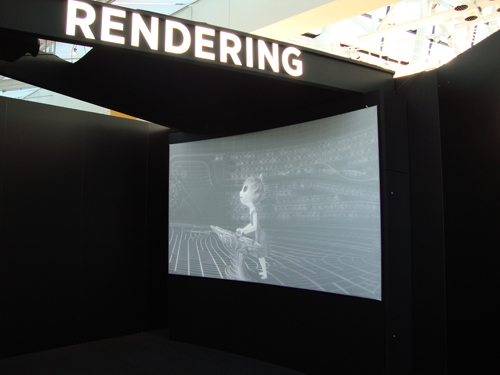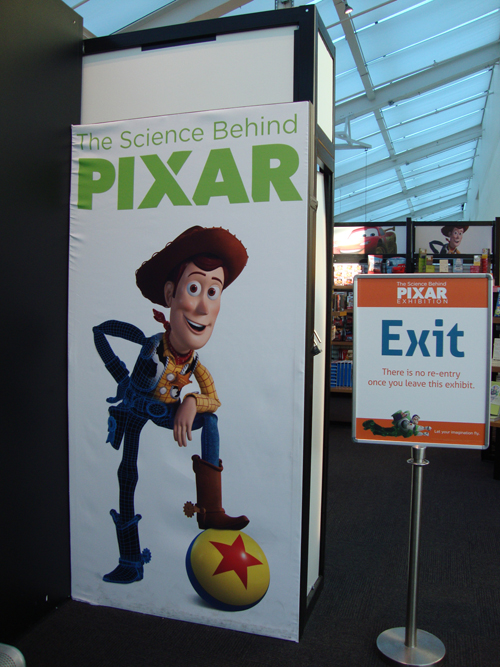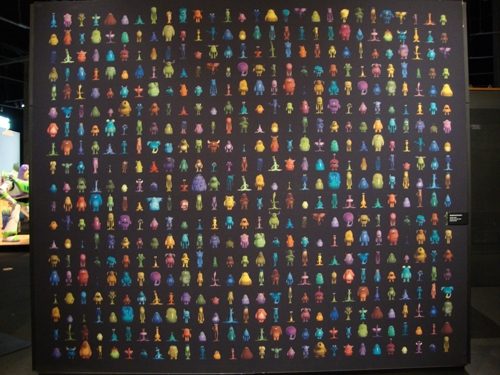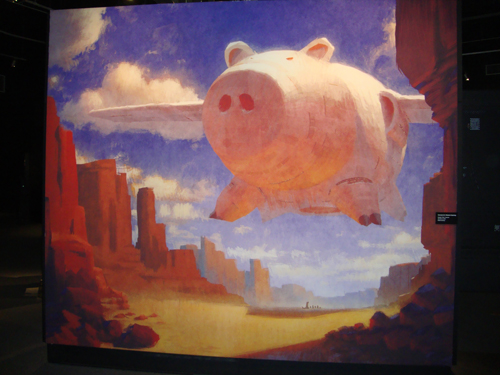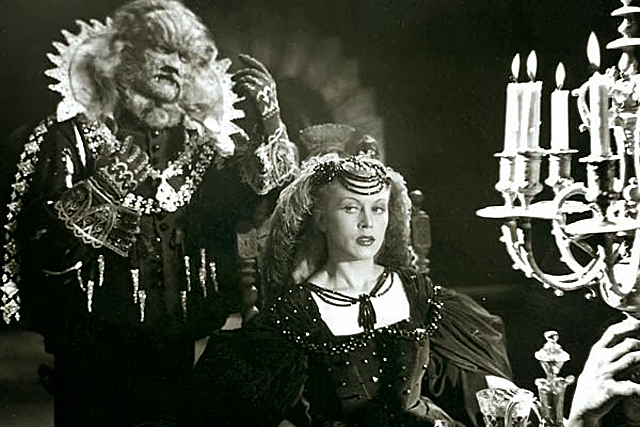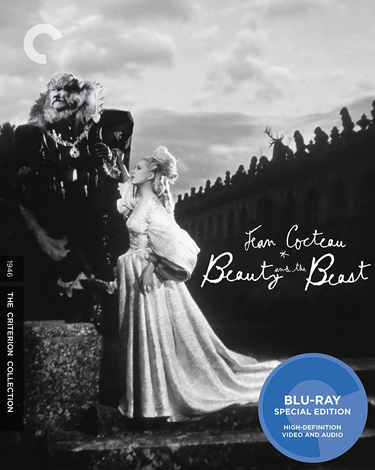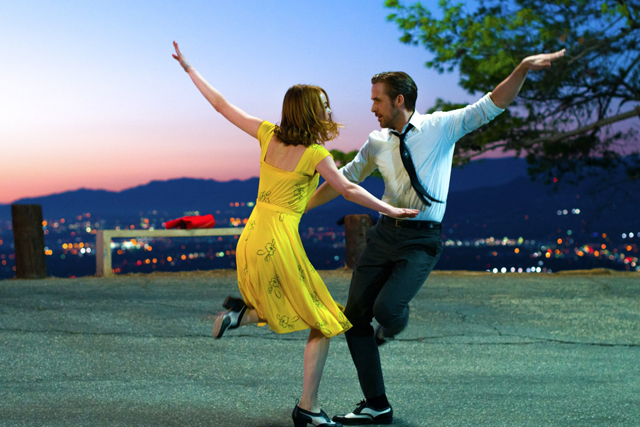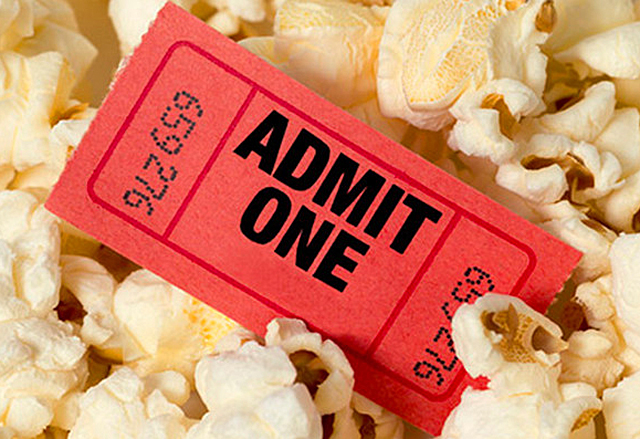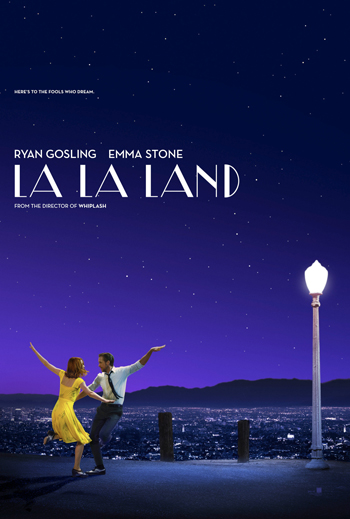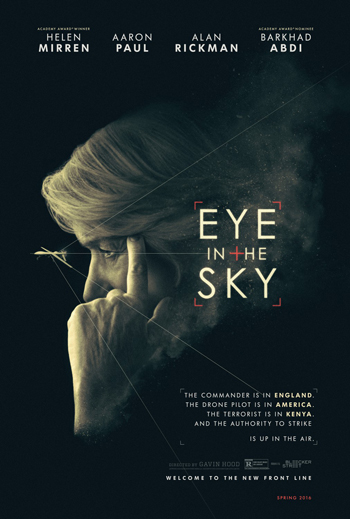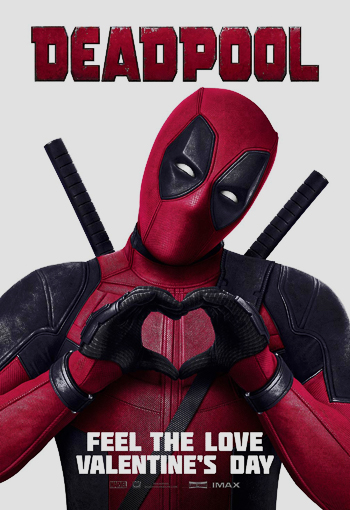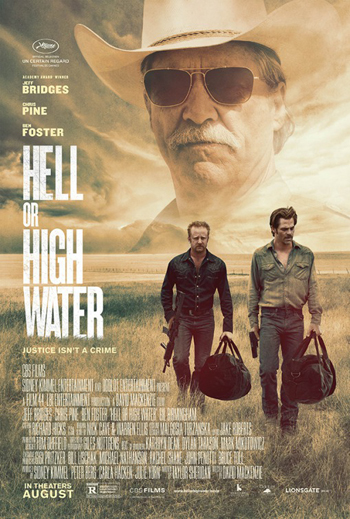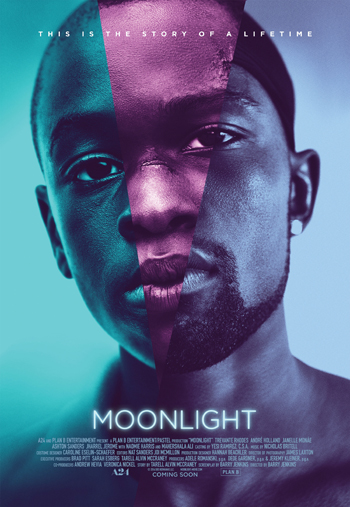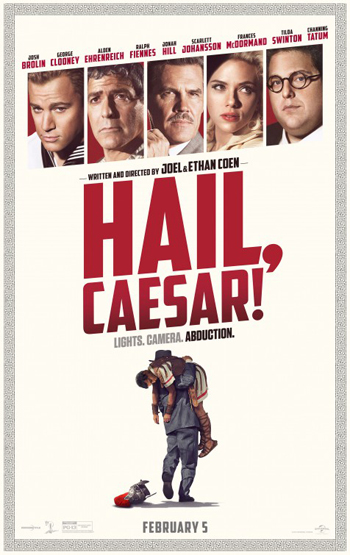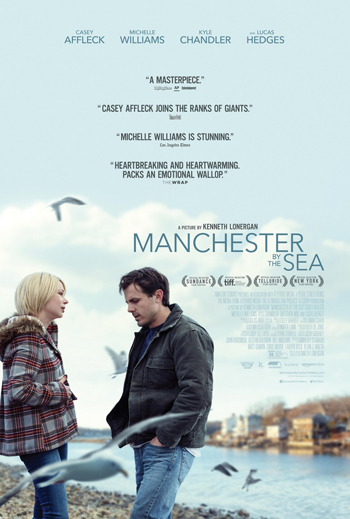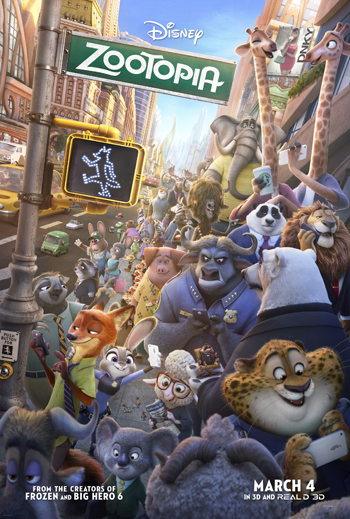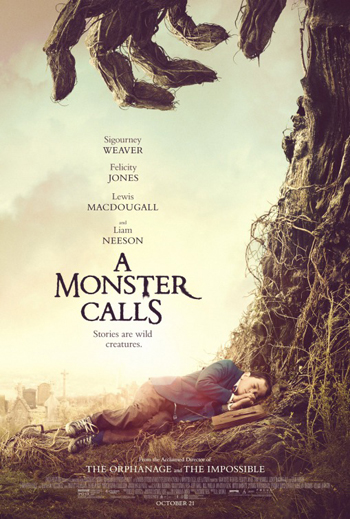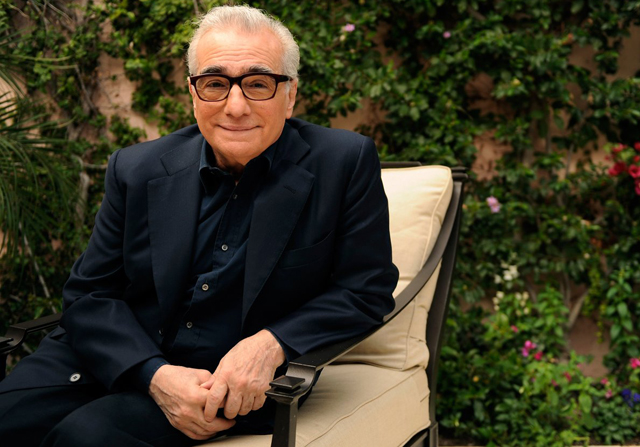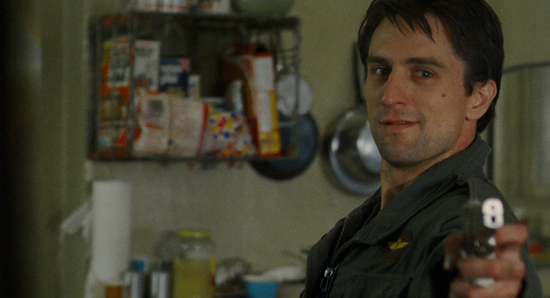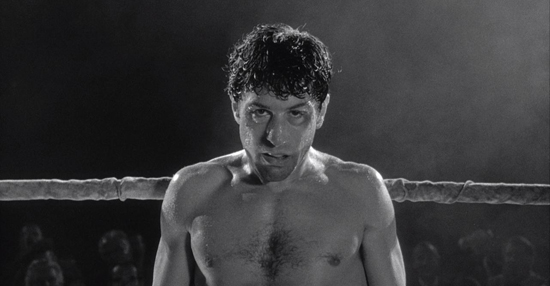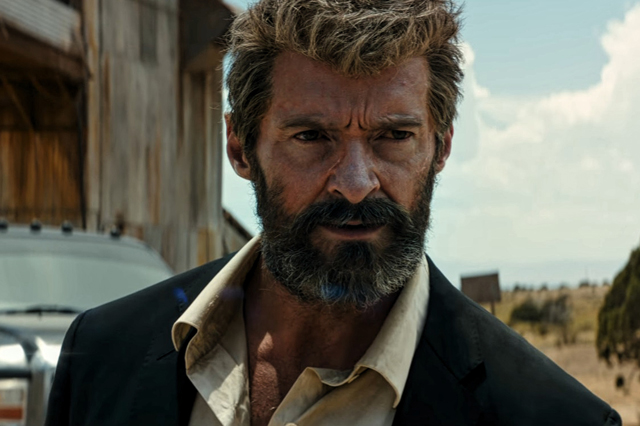
In the pre-Cinematic Universe era of superhero hero movies, you would often see a lot of turn over in the casting of all you favorite superheroes. The 1990’s for instance saw no less than three different Batmans. It was a time when brand recognition mattered more than the casting of the characters. Why keep the same actor when it’s the character that’s the big draw? Nowadays, there is a whole lot more care put into the casting of superhero movies, with the persona of the actor sometimes becoming a deciding factor in their selection. You can definitely see that in the current slate of Marvel films. Can you imagine anyone other than roguish Robert Downey Jr. as the wisecracking Iron Man, or charming Chris Evans as the naively pure-souled Captain America, or even suave, dapper Benedict Cumberbatch as the mysterious Doctor Strange. Yes, the casting of these characters matter today, and audiences are more keenly aware now than ever when someone is out of place. Just look at some of the worst casting choices for these kinds of films, like Arnold Schwarzenegger as Mr. Freeze, or Topher Grace as Venom, or more recently, Jesse Eisenberg as Lex Luthor. It’s a good thing in today’s film industry that so much more effort is placed on the construction of these characters to match more closely their print counterparts in order to meet the expectations of fans. You could argue that the beginning of this era started all the way back in 2000 with Bryan Singer’s X-Men, where they not only took the characters more seriously, but even managed to collect top tier talent to portray them. The cast of X-Men, with some minor exceptions, is largely praised for capturing faithfully the essence of their respective characters, and chief of all of the most highly praised casting choices for those films would be it’s breakout star Hugh Jackman as the iconic Wolverine.
When Bryan Singer cast the then unknown Aussie actor to play the metal clawed man-beast, I don’t think either he nor Jackman knew just how much of an impact that decision would leave on the character. Hugh Jackman would prove to be the absolute perfect choice for the part, less physically (he never once has worn the iconic costume) and more in terms of personality. He’s gruff in all the right ways, but still manages to remain charming and assertive. In time, Wolverine became the face of the franchise and it turned Jackman into a household name around the world. The first X-Men was successful enough, but the franchise outdid itself with the follow-up X2: X-Men United (2002). Then came X-Men: The Last Stand (2006), a huge mis-managed failure of a sequel. In the aftermath, the series had to rethink it’s strategy, and one idea was to begin a series of origin films centered on each of the most iconic X-Men characters. They again relied on their star to carry this franchise into it’s next phase, but unfortunately, the result was X-Men Origins: Wolverine (2009), one of the worst superhero films ever made. After this, X-Men went through another revamp, choosing instead to look into the past and see the formation of the team in X-Men: First Class (2011). This put the franchise back on solid footing, but even still, Hugh Jackman’s Wolverine was kept as a common thread through everything. With a great cameo in First Class and a key lead role in Days of Future Past (2014), Jackman’s presence gave this disjointed franchise stability it normally wouldn’t have. In addition, a separate but interconnected Wolverine franchise emerged from the rubble of Origins and actually gave us a far superior sequel in The Wolverine (2013). But, everything must come to an end, and Hugh Jackman now sees his after 17 years playing the same character over 9 movies, a feat that’s remarkable no matter how you look at it. And that leads us to the release of his franchise swan song: Logan.
Logan, taken from Wolverine’s actual name, is a loose adaptation of the Old Man Logan Marvel comic event series that focused on Wolverine’s latter years. The movie only uses bits of that comic’s story-line, along with bits of the “X-23” story-line as well, but it is largely it’s own original take on the material. Set 10 years into the future, America has nearly wiped out mutantkind through medication and reproductive experimentation. Only a handful of mutants remain, living discreetly either hiding their identity or living across the border, waiting for their time to come. We find Logan (Hugh Jackman), working as a limo driver in borderland Texas. He makes his home in an abandoned mill, where he looks after an increasingly senile and unstable 90 year old Charles Xavier (Patrick Stewart), alongside Charles’ care-giver Caliban (Stephen Merchant). We find out that Charles’ telepathic powers are unstable and are capable of causing serious mental harm to anyone in the vicinity if he doesn’t take his medication. One day, Logan is visited by a desperate Mexican lady (Elizabeth Rodriguez) who begs him to help her transport a girl she claims to be her daughter named Laura (Dafne Keen) across America to the Canadian Border. Logan is reluctant, but once the woman is found killed, Logan is forced to look after Laura. Soon, a shadowy group called the Reavers come to Logan’s compound looking for the girl, including their slimy leader Pierce (Boyd Holbrook). While being attacked, Laura reveals not only a mutant, but that she has the same abilities as Wolverine, including adamantium claws. Stuck together, Logan, Charles, and Laura take to the road, hoping to reach the border before the Reavers can catch up to them.
Logan is largely meant to bring closure to the character of Wolverine, and in many ways it does bring the character (at least Hugh Jackman’s version) to a fitting end. No other actor has come close to being as prolific as Jackman’s Wolverine, though some of Marvel Studios’ iterations are coming close. You have to give him credit though for being really the first actor of this generation to not only portray the character on the big screen, but to also champion him like never before. Since Hugh Jackman’s portrayal of Wolverine, we’ve seen a lot more actors carry the mantle of their selective heroes with pride and want to portray them for longer periods of time. So, it’s fitting that Fox and Marvel allowed for Jackman to call the shots on his final chapter, including finally having the freedom to make this an “R-rated” adventure. There’s no tip-toeing around the blood and gore in this Wolverine film. When Wolverine cuts into somebody with his claws, it’s in full Peckinpaw-ish detail, complete with gallons of spilled blood. Also, the movie gets to throw far more f-bombs our way. It’s not Wolverine’s first time dropping the mother of all swear words in one of these movies, nor is it Charles Xavier’s, but the frequency has definitely increased. All of these are great and all for the direction of the franchise, but does it translate into a solid movie. Well, I have to say yes and no to that. The creative freedom to finally be as gratuitous as the filmmakers want with the violence helps to make the fight scenes more viscerally interesting than ever before, but I felt that the story itself was severely lacking in many areas. Plot threads are established but never fully realized; character motivations don’t make sense all the time; and there is generally awkward pacing throughout the movie. None of this is Origins or Last Stand bad, nor are they as disappointing as last year’s lackluster X-Men: Apocalypse (2016), but they prevent this movie from being as good as it could’ve been as a result too.
My chief problem with this movie is the overall conflict. The basic essential plot point of Logan and his companions getting from point A to B is effective enough, but the danger around them is at times unfocused, unexplained, and just flat out mediocre at times. The villains in particular are this movie’s weakest aspect. The Reavers, I hear, are some very interesting bad guys in the comic books, but in this movie, they are no different than any black-ops bands of mercenaries that you see in any other action thriller. They are mainly there to be lambs to the slaughter for Logan and Laura for most of the movie, which does lead to some admittedly cool looking death scenes. Boyd Holbrook’s Pierce is also disappointing as the antagonist, because he never shows any depth in character. He’s just a smarmy asshole whose only purpose in the story is to hunt down our heroes. We learn nothing about who he is or why we’re supposed to find him interesting. He’s a far cry from far more interesting villains in this series like Magneto and General Stryker. In some ways, I feel like the filmmakers themselves realized how weak the villain was in this, so they introduced some new 11th-hour villains late into the movie to liven things up, like a corrupt scientist played by Richard E. Grant, and even he adds completely nothing to the mix. There’s also the addition of a “creature” meant to rival Wolverine late in the film that I felt was is completely unnecessary, is never fully explained, and by the end just leaves you confused as to why it was created. The movie also suffers from a story that doesn’t quite know what it wants to be. It works best when it just stays to the “on-the-run” story-line, but there are unnecessary plot deviations that ruin the momentum and go nowhere. Charles Xavier for instance mentions a troubled incident in his past that caused him to retreat from the world, but it’s only given the briefest of mentions and almost seems to have been forgotten by the filmmakers, making it infuriatingly pointless. It’s lackluster elements like this that spoil what could’ve otherwise been a great movie.
Where the film does excel is in the interactions between it’s leads. Despite the film’s lackluster story, it does have a great heart at it’s center and that’s the bittersweet final days of it’s hero. Jackman, as always, is exceptional as Wolverine here. The great thing about this movie is that we get to see a lot more vulnerability from him here than we have before. This is a version of Wolverine that is on his last legs; not able to heal as quickly as he has before, broken down from the heartache of seeing his species wiped out, and knowing that his long days are finally about to be numbered. Jackman balances this with the things that he’s been best at in this series this whole time, which are brutal take-downs of his enemies. You can tell that Jackman knows this is his final chance to bring real emotion out of this character that he’s played for so long, and he really does excel in the film’s more emotional moments. This is the closest we’ve seen to actual introspective acting from this actor in this series; more embodying the heart and sole of Wolverine, rather than just looking the part. The movie is also at it’s best when he gets to work off his co-stars. Partick Stewart is also saying goodbye to his longtime role as Charles Xavier, and it is a touching performance; perhaps the best in the entire film. Like Hugh Jackman, Stewart gets an honorable farewell here too. However, the movie does belong to the scene-stealing Dafne Keen as Laura. Portrayed with incredible intensity for a girl her age, she commands every moment she’s on screen, and does so in a mostly mute role. She also manages to hold her own against her more experienced co-stars and helps to make them even better as a result. Of all the new characters introduced in this film, she is easily the best one, and the movie’s one true triumph. Her character helps to keep this from being an out right disappointment of a movie, and apart from seeing Jackman and Stewart say goodbye to their characters, she is definitely the main reason to watch this movie.
The movie doesn’t disappont with it’s visuals. After the excessive use of bland CGI in X-Men: Apocalypse and the flat out terrible use of effects in Origins, it’s nice to see director James Mangold keep things simple for this film. The fight scenes are mostly easy to follow and they get the most out of the extra bit of gore that this movie is allowed to have. Not only do Logan and Laura get to cut into their enemies, they slice them to shreds, like a weed trimmer to a bush. This is the most visceral we’ve ever seen the violence in any of the X-Men movies, or any superhero movie for that matter. Even R-Rated Deadpool (2016) didn’t get away with this much. At the same though, the fight scenes here aren’t completely original either. We don’t get any standout fight scenes like the bullet train sequence in The Wolverine. All the ones in this movie are mostly interchangeable, except for maybe the excellent opening sequence or the one where Laura first shows her true abilities. The final showdown in particular is a let down, mainly because of the choice of adversary that I’ve already discussed earlier. In the end, it’s nice that Mangold and Jackman got the ability to really test the limits of gratuitous violence this time around, and they do make good use of it in the film. If only all that freedom resulted in more interesting fight scenes. Apart from that, the movie does have a nice melancholy tone to it, using the wide open spaces of the American prairie-lands to underline the isolation that these characters are experiencing. At times, this is a very beautiful movie to look at. The film excels during the quiet moments of reflection, when we the audience are allowed to soak in the atmosphere, and see the performers really shine through as the characters. None of the more raucous moments are bad in any way, but more creativity could’ve been given to them in order to make this a more balanced movie overall.
Logan is by no means a bad film. It does feature some passionate performances from a talented cast, and enables them to finally portray the characters the way they’ve always wanted to. However, this is far from the best we’ve seen in this series. I for one far more enjoyed the first two X-Men movies, as well as First Class and Days of Future Past. Even it’s predecessor The Wolverine felt more consistent as a narrative and movie experience. But, it is no where near as terrible as Origins or Last Stand, and it does hold up better than the boringly inconsistent Apocalypse. What works best in this movie are the actors, because you can tell that they are trying their best to leave their iconic roles on a high note. It’s the story that ultimately lets the film down, with a narrative that never really coalesces into a coherent plot, and is undermined by a underwhelming central threat. I think another screenplay polish would have worked out some of the film’s shortcomings, taking out some of the more pointless character motivation and actually giving the heroes a real threat to go up against. That said, if you are a fan of the X-Men franchise, then you’ll probably find this to be a worthwhile sit through. Jackman and Stewart both conclude their iconic roles in a fitting fashion, reminding us all why we fell in love with their performances in the first place. It’s really quite an achievement on Hugh Jackman’s part to have stuck with this demanding role for two decades, especially considering that Wolverine is a character that doesn’t age. The question is, how will Wolverine survive without Hugh Jackman. My hope is that Fox eventually relents and gives the rights to the characters over to Marvel Studios and Disney. We probably will never get anything as bloody as this again, but a reboot by Marvel might finally help this character return to his roots; including possibly having him finally wear his iconic head gear. Nevertheless, Hugh Jackman will be hard to replace, and this movie works as a fitting, if underwhelming, love letter from an actor to the character that made him into a star.
Rating: 7/10
